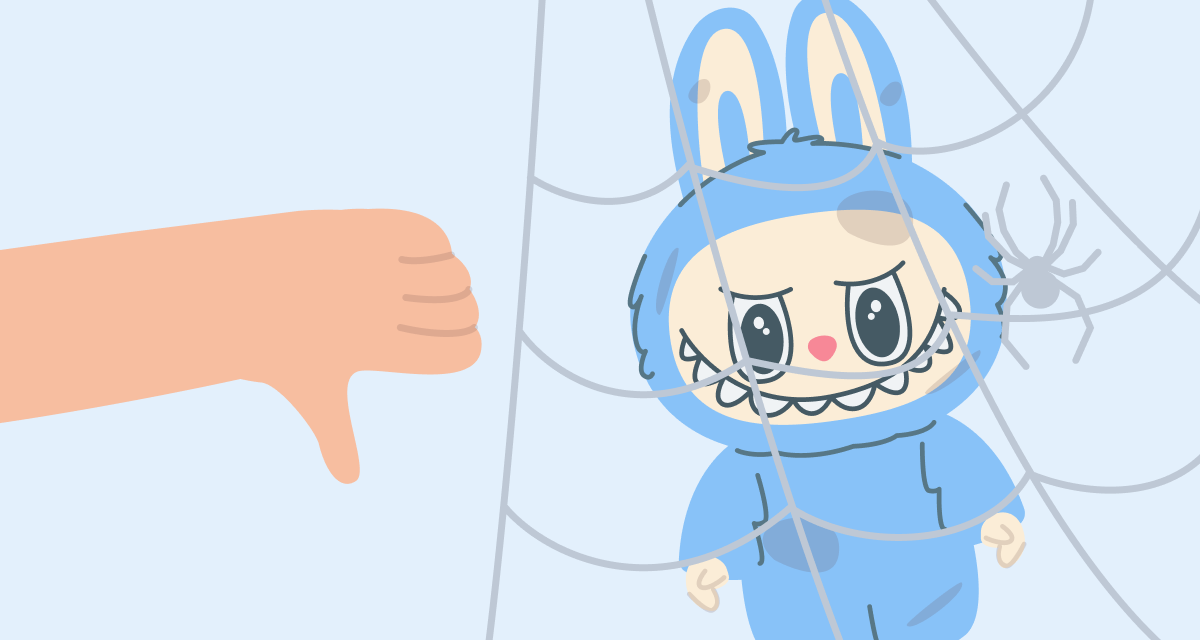Why Your Child Isn’t Playing With Their New Toy

You give your child a long-awaited gift, and twenty minutes later it’s lying forgotten in the corner. Don’t worry: this is normal and quite predictable for children aged 7–10. Let’s explore why it happens and how to keep their interest in play alive.
Why Kids Lose Interest in Toys
It’s easy to feel disappointed when your child sets aside a new toy so quickly. But there are usually clear reasons behind it that are connected to age, environment, and how children process experiences.
Too Many Toys Can Be Overwhelming
A study by the University of Toledo found that the more toys children have, the harder it is for them to focus on just one.
Researchers discovered that toddlers aged 1.5 to 2.5 years played longer and more creatively when given only four toys instead of sixteen. Although the study focused on younger kids, experts notice the same trend among children aged 7–10.
Having too many toys can make it difficult to concentrate, reduce engagement, and even cause sensory overload, especially when toys fill every corner of the room. According to Lurie Children’s Hospital of Chicago, nearly three out of four parents report sensory overload at home due to the sheer number of toys.
The Toy Doesn’t Click Right Away
Sometimes a child doesn’t interact with a new toy because they haven’t figured out how to. Maybe it’s too complex, abstract, or simply not aligned with their current interests. That doesn’t mean the toy is useless — it might just need time. Kids often rediscover an “old” toy days or weeks later and suddenly play with it enthusiastically. That’s perfectly normal.
Overstimulation and Boredom
Losing interest in a new toy can also be a sign that your child is overstimulated rather than bored. After a busy, noisy day or an overload of new experiences, children may crave rest, even if it looks like disinterest.
Boredom isn’t just “nothing to do.” It’s actually an important part of development. It helps kids reset, refocus, and rediscover curiosity. Given time and space, boredom often leads to creative, independent play.
How to Keep Toys Interesting (and Stop Buying So Many)
Even the best toy can end up untouched if a child doesn’t know what to do with it yet. Give it another chance — show them a new way to play, or come up with an idea together.
For older kids (9–10 years old), it’s especially important for them to feel independent and respected in their choices, while still knowing that a parent can join the game if needed.
You can help sustain interest with these simple strategies:
- Don’t rush to buy new toys. Let your child get used to the ones they already have.
- Rotate toys. Put some away for a while and bring them back later — they’ll feel new again.
- Offer shared activities. Create a small challenge or project involving the toy instead of direct play.
- Model lasting interest. Show how you value and take care of your own things — kids notice that.
- Follow your child’s interests, not trends. Sometimes the simplest toy becomes the favorite.
Don’t worry if your child quickly loses interest in something new. They’re growing, exploring, and finding their rhythm. Your role is to stay close — helping them rediscover joy in play, again and again.
References
- The kids are bored: Trait boredom in early childhood and links to self‑regulation, coping strategies, and parent‑child interactions, Journal of Experimental Child Psychology, 2024
- The benefits of boredom, Child Mind Institute, 2024
- Why Fewer Toys Will Benefit Your Child, May River Montessori, 2023
- The Problem With Toys: Why Children Lose Interest in New Toys Quickly, Sarah Ockwell‑Smith, 2018
- The influence of the number of toys in the environment on toddlers’ play, Infant Behavior and Development, 2018
- Study Underscores Why Fewer Toys Is the Better Option, Psychology Today, 2017
Проверьте электронный ящик



















